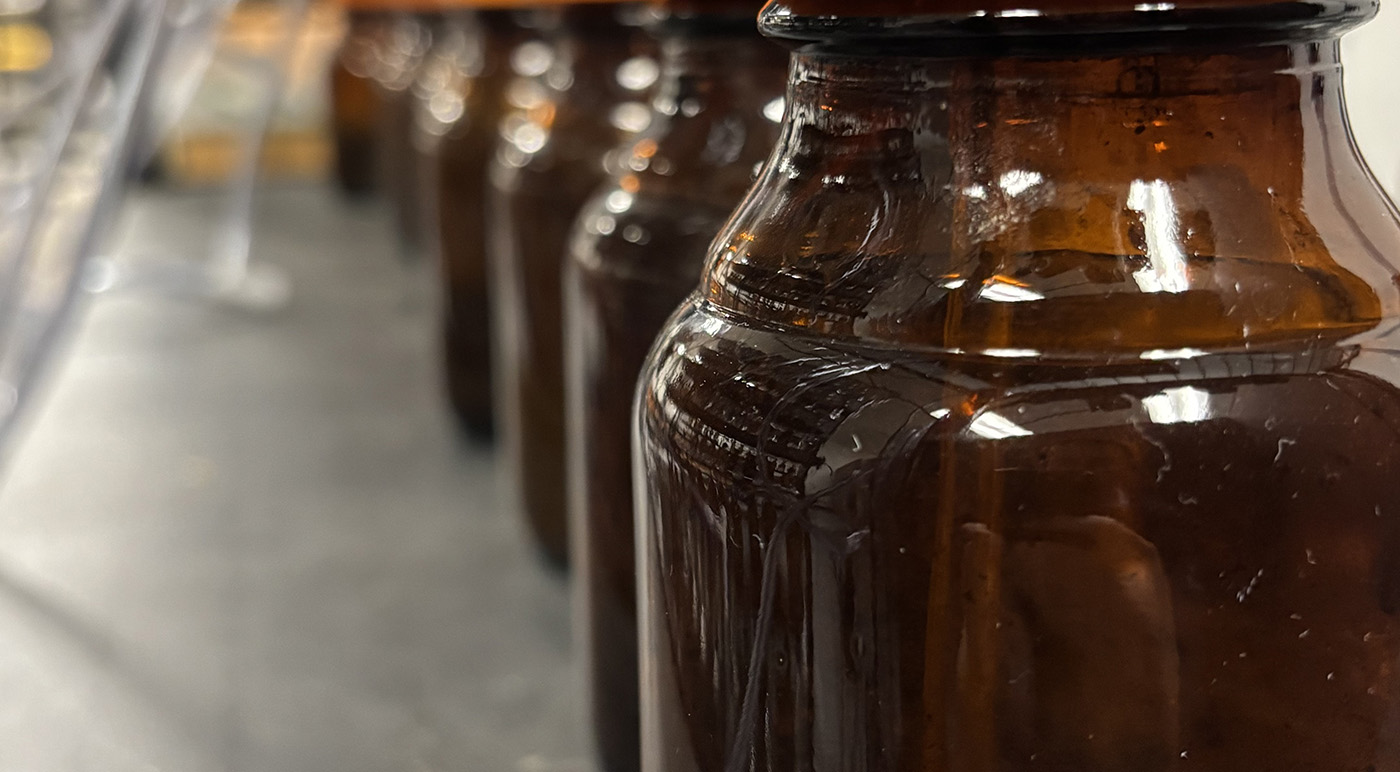Summary
ISO 17556 determines the ultimate biodegradability of organic materials, particularly polymers and plastics, in soil. This test takes advantage of microorganisms already present in soil without the addition of a specific inoculum. When artificial soil is used, inoculum comes from mature compost to mimic naturally occurring microbes. There are two specific methods for this test, both of which occur over a varying period of time.
ISO 17556 Testing Method
This test aims to yield the optimum rate of biodegradation of a plastic material in a test soil by controlling the humidity of the soil and to determine the ultimate biodegradability of the material. The plastic — which is the sole source of carbon — is mixed with soil. This mixture is then allowed to stand in a flask for a period of time. The biodegradation of the plastic material is measured by comparing oxygen consumption to the theoretical oxygen demand or comparing the amount of CO2 evolved with the theoretical CO2 demand. This lasts until a constant level of biodegradation is attained or after six months.
When You Need ISO 17556 Testing, Aropha is Here for You
When you partner with Aropha, we will work relentlessly to provide you with streamlined and efficient biodegradability testing for a wide range of products. With our extensive experience and capabilities, our team is able to test your personal care products, plastics, packaging, and so much more. Our unique combination of our digital twin simulation platform and lab biodegradability testing allows us to provide our customers with highly accurate results with low lead times throughout product development. We also have the ability to provide you with the necessary test documentation needed to substantiate claims made on your products.
Contact our team today to get started!
ISO 17556 Requirement and Applicability
Different testing methods are applicable for materials with different properties. Below is a summary of the applicability of ISO 17556. Please check our Method Selection Guide to select the most appropriate method for your materials. You can also find the applicability for many other methods in our Resource Center.| Test | Analytical method | Sample info required * | Poorly soluble | Volatile | Adsorbing |
|---|---|---|---|---|---|
| Oxygen demand in a respirometer | Oxygen | ThOD* | + | + | + |
| CO2 evolution | CO2 | Organic carbon content* | + | - | + |
*“Sample info required” is the information needed to calculate the biodegradation percentages. This must be available for a selected method.
*“ThOD” can be easily calculated based on the chemical formula of the sample. Try our Online ThOD Calculator.
*“Organic carbon content” is the ratio of the organic carbon weight to the weight of the sample. It can be calculated by the chemical formula (e.g., acetic acid C2H4O2, carbon content is 12*2/(12*2+1*4+16*2)=40%). Try our Online C% Calculator. If the formula is unknown, we can send the sample out to a third party lab for you for analysis (normally $110 with a 10-day turnaround time).
Pricing
$1299/sample for High-Throughput Screening$2599/sample for Biodegradability Certification

